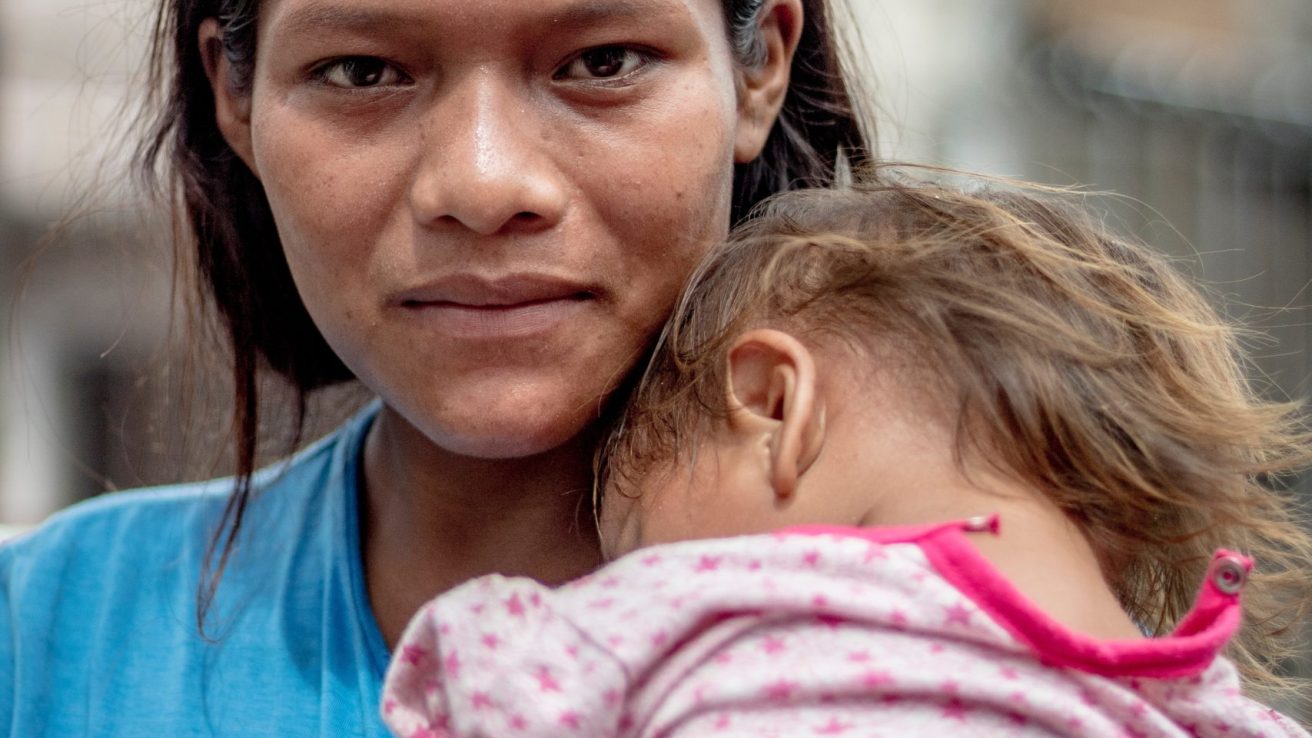The adverse effects of the coronavirus pandemic on racial minorities in the United States have been noted since early 2020. However, the discussion tends to focus on disparities in hospitalization and mortality rates.
This study, published in NEJM Catalyst Innovations in Care Delivery, focuses instead on post-hospitalization disparities. Although often understudied, post-hospitalization population outcomes can provide a fuller picture of the public health situation than more limited analyses. For example, individuals may deal with a combination of physical, cognitive, and psychiatric symptoms post-hospitalization, collectively termed Post-Intensive Care Syndrome.
The study consists of a literature review analyzing post-intensive care syndrome to seek a better understanding of the specific causes behind observed disparities to guide how to improve them. The researchers assert that the primary explanation for disparities at the current time relies on an understanding of the impact that socioeconomic factors have on health.
Ultimately, the study found that insurance rates and access to healthcare are much lower for Black, Latinx, and Indigenous populations than white populations. Moreover, many other factors play into the adverse outcomes that these populations face.
The researchers concluded by offering a three-pronged approach to improving post-hospitalization health disparities by focusing on preventing critical illness, deploying short-term post-intensive care initiatives to directly treat adverse outcomes, and implementing long-term community-based solutions that can adequately deal with the root causes of COVID-19 health disparities [1].
Source:
[1] Flash, M. J. E., Johnson, S. F., Tiako, M. J. N., McGrory, A. T., Betancourt, J. R., Lamas, D. J., & Alba, G. A. (2020). Disparities in Post-Intensive Care Syndrome During the COVID-19 Pandemic: Challenges and Solutions. NEJM Catalyst Innovations in Care Delivery. https://doi.org/10.1056/CAT.20.0568










